Born in Ain (France), Louis-Claude Paviot began his training at the École des Beaux-Arts in Lyon under Adolphe-Louis Castex-Desgranges, before continuing in Paris with Henri Doucet and Jean-Paul Laurens. From 1895 he exhibited in Lyon, and from 1896 at the Salon des Indépendants in Paris. He became a friend of Renoir and associated with Bonnard, Signac, Matisse, and Dunoyer de Segonzac.Dividing his career between Lyon and Paris, he took part in numerous exhibitions: the Société lyonnaise des Beaux-Arts (1895–1901), the Salon d’Automne in Lyon (1907–1918), the Salon du Sud-Est (1934–1940), as well as at Berthe Weill’s gallery (1905–1924).
A discreet artist, Paviot devoted himself mainly to landscape painting, working directly from nature to capture light effects and seasonal variations. His works, now relatively rare, are admired for their sincerity and freshness. Paintings by Paviot are preserved in the Musée des Beaux-Arts in Lyon and Reims, as well as in the Musée Paul-Dini in Villefranche-sur-Saône.
The present canvas, however, belongs to a more intimate register. Paviot depicts a woman drinking tea in a style reminiscent of Degas or Mary Cassatt. The influence of Impressionism is clear, both in the choice of subject—a scene of modern life in a café, a favored meeting place of the late 19th century—and in the close framing, which suggests a fleeting moment captured on the spot, as if glimpsed from a nearby table.

















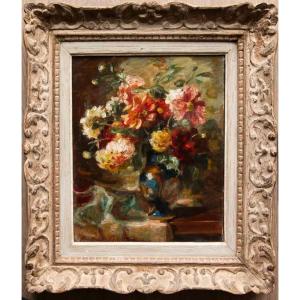

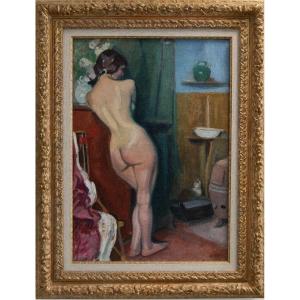






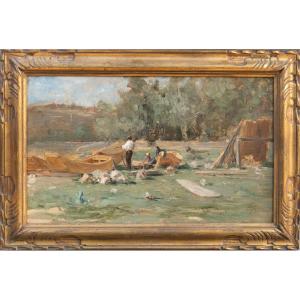
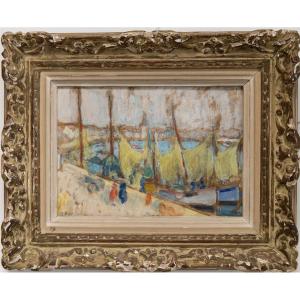
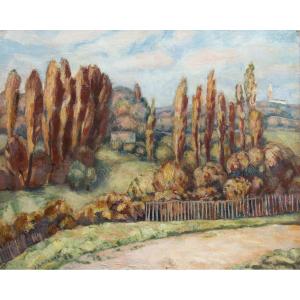


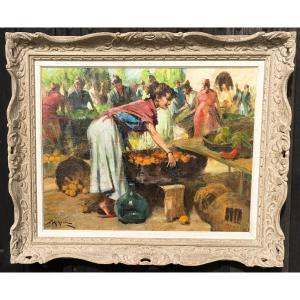

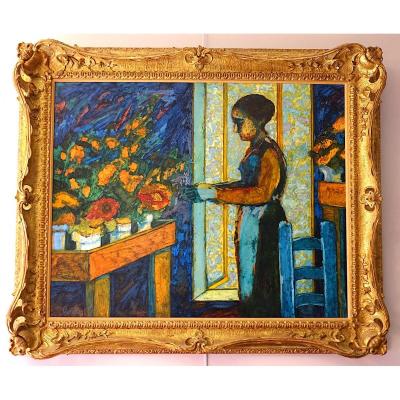
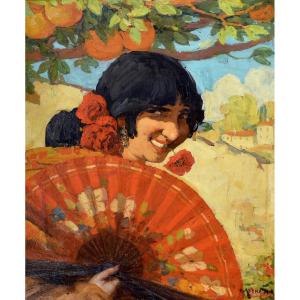



 Le Magazine de PROANTIC
Le Magazine de PROANTIC TRÉSORS Magazine
TRÉSORS Magazine Rivista Artiquariato
Rivista Artiquariato